Description
hardware flow control. It is an ideal choice in the field of industrial automation.
Design of ABB industrial robot deburring and grinding workstation based on RobotStudio simulation software
introduction
As an official offline programming software for ABB robots, Robotstudio not only has powerful simulation and offline programming functions, but also has automatic path generation
function and simulation monitoring collision function. It can realize the simulation of robots in real scenes, so as to timely update existing robot programs. optimize. On-site teaching
programming will affect normal production activities on site.
The application of Robotstudio software offline programming can reduce on-site teaching and programming time.
As a traditional process of mechanical processing, deburring and grinding have a wide range of applications. However, for a long time, in the process of manual deburring
and polishing, there have been differences in operations between workers. The manual operation is not repeatable and the deburring effect is unstable, which has seriously
affected the surface quality and service life of the finished product; and the working environment There is a large amount of dust floating in the air and the conditions are harsh,
seriously endangering the physical and mental health of workers. With the proposal of “Made in China 2025”, intelligent manufacturing production has become an
important development direction for the transformation and upgrading of the future manufacturing industry. The use of industrial robot automated production lines for repetitive
batch processing operations can not only greatly improve production efficiency, but also greatly improve product quality. Yield and production stability. Therefore, before designing
the robot polishing program, if the shape, size and polishing amount of the workpiece to be polished are known, the robot offline program can be written on the
Robotstudio software according to the existing conditions, thereby improving the efficiency of on-site programming.
1Design task description
This task is to create a new simulation workstation in ABB robot simulation software Robotstudio. The corresponding training equipment in reality is the Yalong
YL-l360A industrial robot deburring and grinding system control and application equipment. The industrial robot selection and method of the simulation workstation are
The grinding head installed on the blue plate refers to the Yalong YL-l360A industrial robot deburring and grinding system control and application equipment, and the
workpiece is customized. The ABB industrial robot deburring and
grinding workstation simulation training process includes: creating a workstation, setting up tools, creating smart components, creating tool coordinate systems,
creating trajectories, programming, simulation design, and verification.
2 Task implementation
2.1 Create a workstation
Import the robot: First, create a new simulation workstation in the Robotstudio software. The workstation name is self-named, and then import the
corresponding industrial robot IRB1410. The robot position remains unchanged by default. Create a robot system, modify the system options, check 709-1D
eviceNetMaster/s1ave, select Chinese as the language, and leave the other options unchanged by default, then click Confirm to create the robot system
After the robot system is created, hide the industrial robot IRB1410 to facilitate subsequent workstation operations.
Import workpiece: The workpiece here is customized, and the corresponding workpiece is selected according to the actual situation on site. This article
uses the original workpiece Curvet in Robotstudio software. After importing it into the workstation, according to the reachable range of the robot, just place the
workpiece at a suitable location within the reachable range of the robot, as shown in Figure 1.
Import the grinding rotor tool: First, create a new grinding rotor tool component – rotor – copy (2) and rotor – copy (2) in the so1idworks 3D software. The
rotor – copy (2) is a rotatable grinding rotor. —The copy is the tool body, which is the grinding rotor frame, and is installed on the robot flange, as shown in Figure 2.
2.2 Setting tools
First, move the rotatable grinding rotor and the tool body to the local origin based on point A, and adjust the initial tool angle so that the grinding rotor is
parallel to the x-axis of the geodetic coordinate system, as shown in Figure 3. Set the local origin of the tool body at this time, change the position x, y,: to 0, 0, 0, and change the direction x, y,: to 0, 0, 0.
Figure 3 Tool settings
Create a new frame at point B of the tool body, name it “frame l”, and adjust the direction of frame l so that the axis is perpendicular to the
plane of point B. The specific direction is shown in Figure 4.
https://www.xmamazon.com
https://www.xmamazon.com
https://www.plcdcs.com/
www.module-plc.com/
https://www.ymgk.com
SR469-P1-HI-A20-E GE 469 Motor management relay
DS200SIOBH1A input/output control card
DS200SIOCG1A Instantaneous overcurrent module
DS200SIOBG1AAA input and output control module
DS200SHVMG1A high voltage module
DS200SHVIG1BDH PLC module card
DS200SHVIG1B high voltage interface board
DS200SHVIG1A adjustable speed driver
SPSED01 ABB SOE DI module
DS200SHCBG1A Shunt connection card
DS200SHCAG1B analog expansion module
DS200SHCAG1BAA card splitter connection
DS200SDCIG2A Power control card
DS200SDCIG2A power control card
DS200SDCIG1A Power supply panel
DS200SDCCG5A driver control card
DS200SDCCG4A turbine drive control card
DS200SDCCG3A Drive control board GE
DS200SDCCG2A drive control card
DS200SDCCG1ACA Steam turbine control drive control card
DS200SDCCG1A drive control board
DS200SDCCF1ANC circuit board
DS200SBCAG1A static brake plate
DS200RTBAG5A relay terminal module
DS200RTBAG4RHC printed circuit board
DS200RTBAG4A power excitation board
DS200RTBAG3A relay board
DS200RTBAG2A General Electric relay wiring panel
DS200RTBAG2AFB excitation system control board
DS200RTBAG1A Relay terminal card
DS200QTBAG1B analog terminal board
DS200QTBAG1A terminal module
DS200PTCTG2B signal regulator
DS200PTCTG1B signal regulator card
DS200PTCTG1A signal regulator module
DS200PTBAG1B module card
DS200PTBAG1A expansion module
DS200PLIBG2A distributed module
DS200PLIBG1A Logical interface board
DS200PLFMG1A Redundant module
DS200PCCAG9A power supply control board
DS200PCCAG8A driver module
DS200PCCAG7A input/output module
DS200GSNAG1A high frequency power supply board
DS200GSIAG1CDC GE digital I/O board
DS200GSIAG1CBA analog input submodule
DS200GSIAG1C main communication module
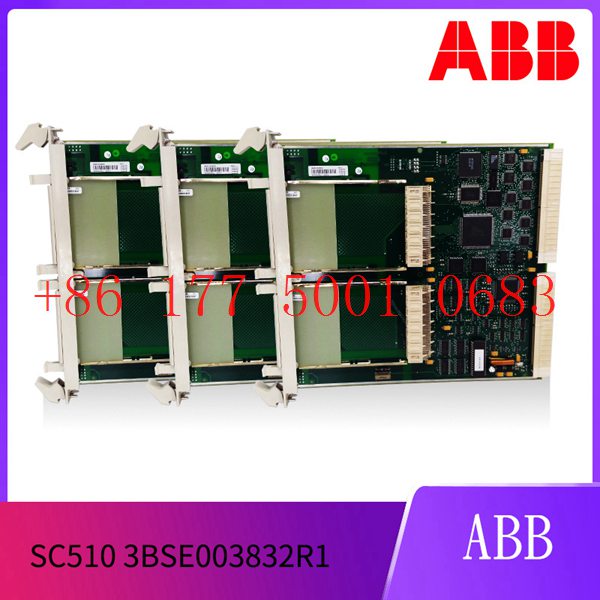
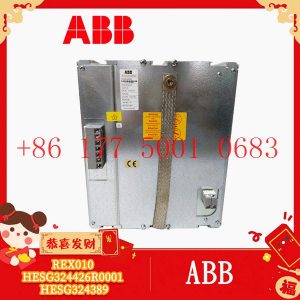
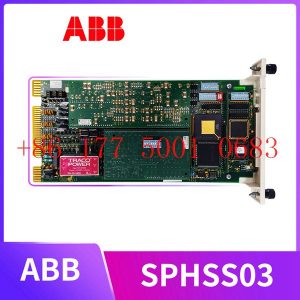
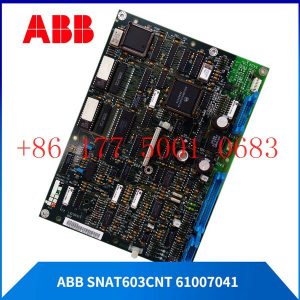
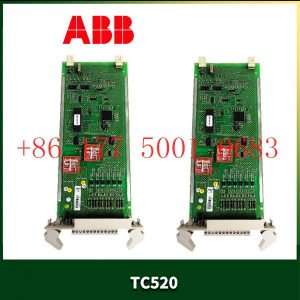




Reviews
There are no reviews yet.